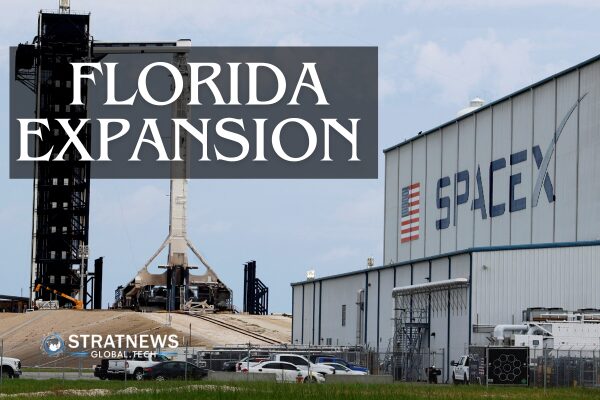Expanding Beyond Texas for Starship Development
SpaceX is set to invest at least $1.8 billion to develop new launchpads and processing facilities on Florida’s Space Coast. This expansion marks a significant move beyond Texas as the company awaits regulatory approvals. According to Florida Governor Ron DeSantis, the project will bring an estimated 600 full-time jobs to the region by 2030.
The company has been working on early-stage Starship development and testing in Texas, aiming to build a next-generation rocket capable of carrying larger satellite payloads and supporting human missions to the moon. Now, it is looking to establish launch sites near NASA’s Kennedy Space Center and Cape Canaveral Space Force Station. Construction is already underway at Launch Complex 39A.
SpaceX Building Infrastructure for Future Starship Launches
In preparation for large-scale Starship production, SpaceX has announced plans to build a 380-foot-tall, 815,000-square-foot “Gigabay” facility. This site will assemble future Starship rockets before transporting them to launchpads.
The company has identified two launch locations in Florida:
- Launch Complex 39A at NASA’s Kennedy Space Center, where Starship construction has already begun.
- Launch Complex 37 at Cape Canaveral Space Force Station, a potential second launch site pending approval.
Before SpaceX can launch Starship from Florida, it must secure regulatory approvals. The US Air Force is conducting an environmental review to assess the potential impact of Starship launches on the surrounding area. A draft report is expected in the spring, with a final decision anticipated later this year.
Safety and Environmental Concerns Surrounding Starship
SpaceX’s rapid Starship development has raised concerns among other launch providers. Companies like United Launch Alliance (a Boeing-Lockheed joint venture) and Jeff Bezos’ Blue Origin have called for stricter scrutiny, fearing that a launch failure could cause significant damage to nearby sites.
Starship’s design, which uses methane and liquid oxygen as propellants, is still under review by US officials. Several prototypes have exploded during tests at SpaceX’s Boca Chica facility in Texas, leading to resistance from environmental groups. However, SpaceX views these failures as critical learning experiences that contribute to its rapid progress in rocket development.
Despite the challenges, SpaceX continues to push ahead with its Starship programme, positioning itself as a leader in the future of space exploration.
With inputs from Reuters


